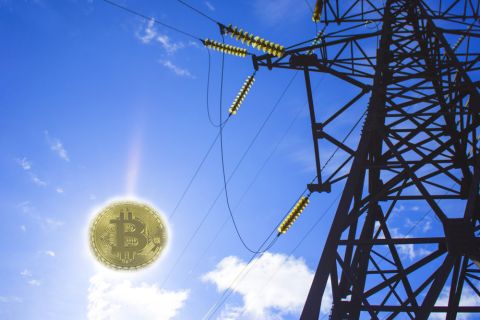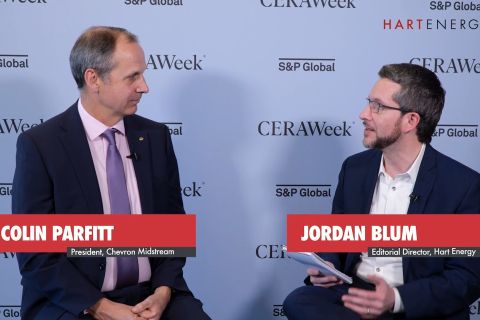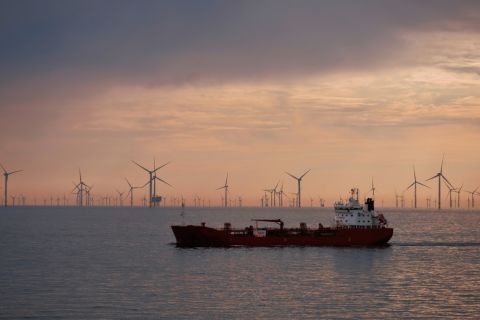By Velda Addison, Hart Energy
A workday filled with a deluge of news about layoffs, capex reductions and stalled projects can be downright depressing. But exciting new technology developments are uplifting and promising.
And creating new technology just might be one of the most—if not the most—critical tools in capturing and keeping the attention of young people seeking careers as today’s experienced workforce grays. This is among the reasons why contests targeting young people such as the annual Marine Advanced Technology Education (MATE) ROV competition, along with companies that support them, remains important.
“With all the recent bad news about the oil and gas industry, it is more important than ever to continue to inspire young people about our sector,” Subsea UK Chief Executive Neil Gordon said in a news release. “Initiatives like MATE ROV are dynamic and practical ways of attracting young people into engineering and the exciting world under the sea.”
Subsea UK, a not-for-profit trade group comprised of more than 320 members representing the U.K. subsea supply chain, recently announced that it will be a sponsor for the Scottish MATE ROV competition for the second year. The group has committed to give £20,000 (US$28,918) for the competition organized by Robert Gordon University. The group is joined by long-time supporter BP along with ROVOP and The Underwater Centre in Fort William, according to a news release.
With a goal of inspiring future engineers, the initiative offers participants hands-on opportunities to design ROVs used underwater by the oil and gas, marine renewables, defense and oceanology industries, the news release said. But the participants, who compete in four classes, don’t tackle the challenge alone. Industry mentors are there to help.
Coordinated by the MATE Centre in California, the competition takes place at an international level in addition to 28 regional contests, including in Canada, Egypt, Hong Kong, Russia, Scotland, Turkey and the U.S. The winning team and runners up displayed their winning ROVs during Subsea Expo 2016 earlier this month, the release said.
“The value of extracurricular work, particularly in engineering, should not be underestimated,” said Blair Paton, principal teacher, faculty of technologies, at Mackie Academy, where some of the winners attend. “The MATE ROV project allows students the opportunity to take the knowledge and skills learned in the classroom, and apply them to a real life problem, giving a real insight into the world of subsea engineering and technology. The pupils have also benefited from the opportunity to present their design to subsea engineers at Subsea Expo.”
The competition—open to K-12, community college and university students—requires participants to think like entrepreneurs by not only creating a product but also determining how to manufacture, market and sell it, according to the competition’s website.
This year the international ROV competition will take place at Neutral Buoyancy Lab at the NASA Johnson Space Center in Houston. Anyone interested in learning more, participating or becoming a partner in this worthy cause can get more information here.
Velda Addison can be reached at vaddison@hartenergy.com.
Recommended Reading
Core Scientific to Expand its Texas Bitcoin Mining Center
2024-04-16 - Core Scientific said its Denton, Texas, data center currently operates 125 megawatts of bitcoin mining with total contracted power of approximately 300 MW.
Liberty Energy CEO: NatGas is Here to Stay as Energy Transition Lags
2024-03-27 - The energy transition hasn’t really begun given record levels of global demand for oil, natural gas and coal, Liberty Energy Chairman and CEO Chris Wright said during the DUG GAS+ Conference and Expo.
Exclusive: Chevron Balancing Low Carbon Intensity, Global Oil, Gas Needs
2024-03-28 - Colin Parfitt, president of midstream at Chevron, discusses how the company continues to grow its traditional oil and gas business while focusing on growing its new energies production, in this Hart Energy Exclusive interview.
Commentary: Are Renewable Incentives Degrading Powergen Reliability?
2024-02-01 - A Vistra Corp. chief, ERCOT’s vice chairman and a private investor talk about what’s really happening on the U.S. grid, and it’s not just a Texas thing.
Veriten’s Arjun Murti: Oil, Gas Prospectors Need to Step Up—Again
2024-02-08 - Arjun Murti, a partner in investment and advisory firm Veriten, says U.S. shale provided 90% of global supply growth—but the industry needs to reinvent itself, again.





